Archaeologists Explore Military Facility Located Beneath Alcatraz
Welcome to the legendary Alcatraz prison! Dubbed one of America’s most notorious prisons and located in the middle of San Francisco Bay, it was sure to be a daunting place… or so we thought.
Recently, Binghamton University archaeologists revealed that they had uncovered some startling new information about this mysterious island with an exciting adventure-laser technology! Continue reading to learn more about this fascinating discovery.
Alcatraz Island Was Sold To A Ranch Owner In 1846
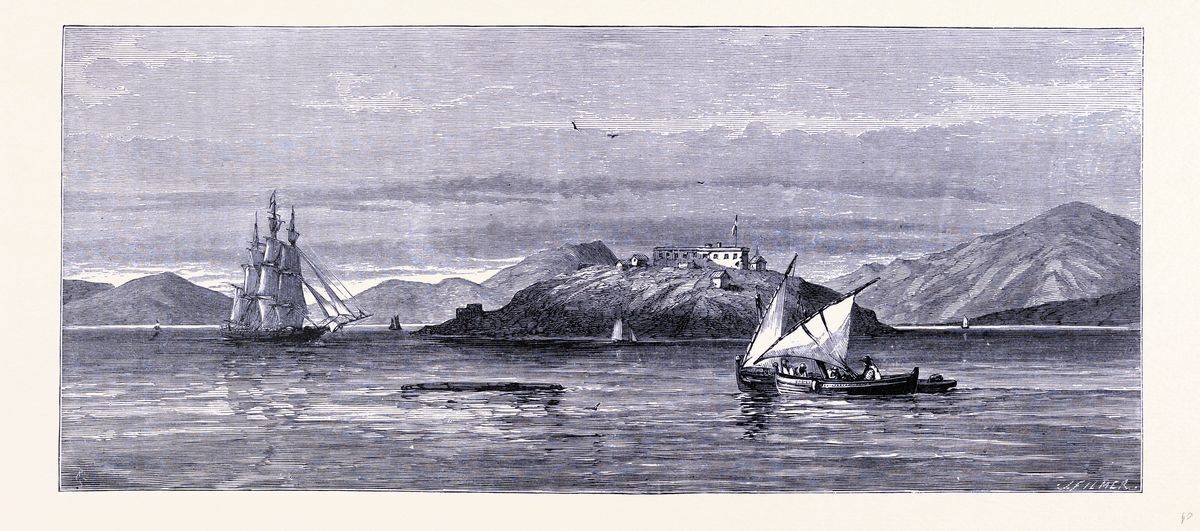
Julian Workman was given Alcatraz Island by Alta California governor Pio Pico to be a ranch owner in 1846, with the condition that he would construct a lighthouse.
Despite being unable to fulfill this obligation due to never having been given the opportunity – as less than one year into his ownership John C. Fremont bought it for $5,000 – Workman’s tenure marked the start of what would become its world-famous status as a penitentiary, according to Alcatraz History.
The Military Was Later Given The Land
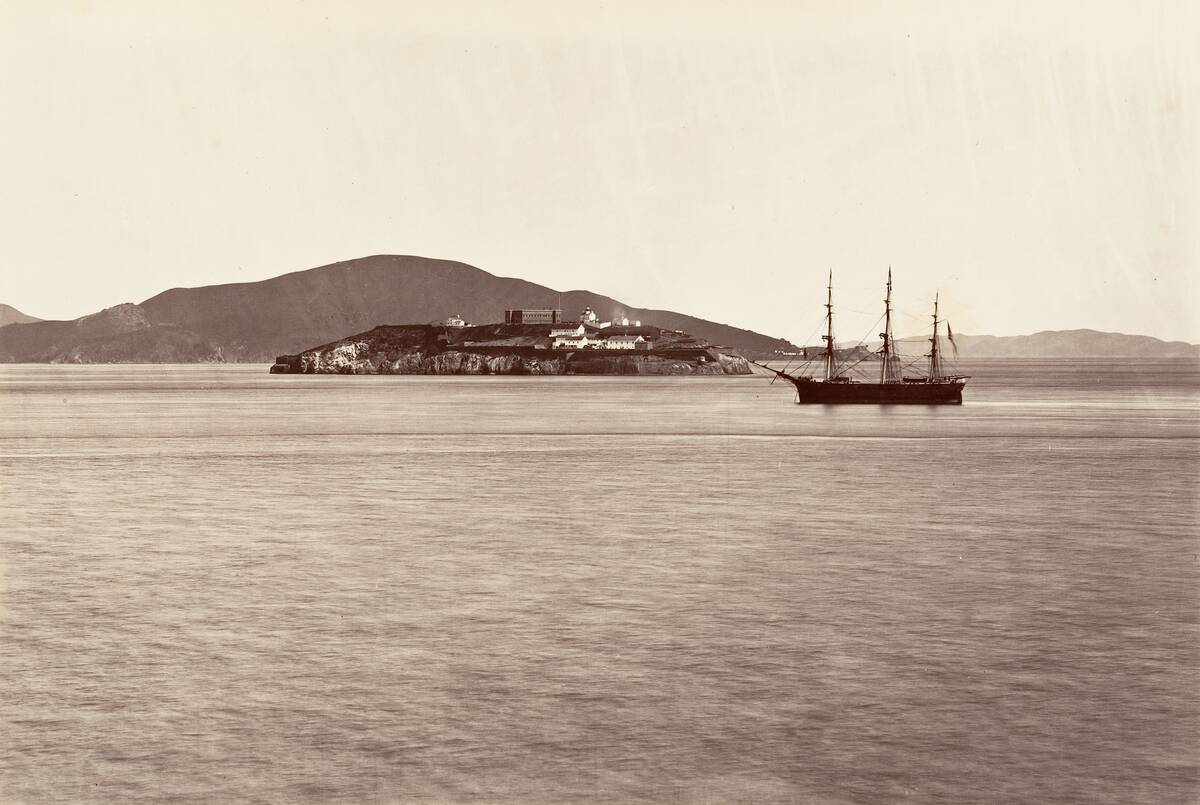
In 1848, shortly after California was acquired by the United States, President Millard Fillmore transferred control of Alcatraz Island to the military and it became an official military base.
John C. Fremont had formerly owned the island and expected compensation for its sale; with high hopes that his investment in the property would yield a large profit. However, this was not to be the case.
Fremont Lost Ownership And Received No Compensation

Fremont was dealt a harsh blow when the United States determined that the deal he had made to purchase the island was invalid, and as a result, he lost his land without receiving any form of compensation.
Outraged by this decision, Fremont embarked on a lengthy legal battle with his fellow ranchers in an effort to regain some type of recompense; unfortunately, the case dragged on until it reached its conclusion in the 1890s – ultimately ruling that Fremont had no claim to ownership of said land.
The Island Was Originally Known As “La Isla de los Alcatraces”
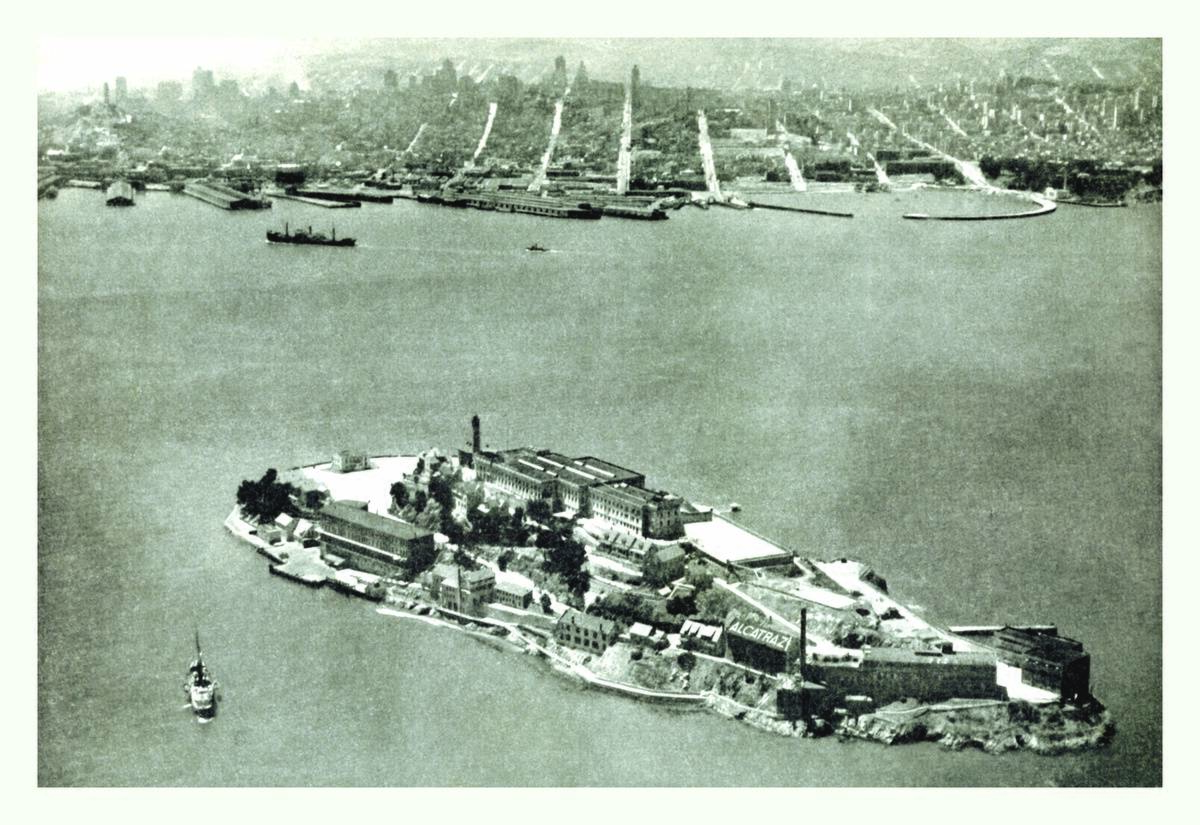
In 1775, Juan Manuel de Ayala, who is credited with its discovery, gave the name “La Isla de los Alcatraces” to what would become popularly known as Alcatraz Island. In English this translates to roughly “Island of the Pelicans”.
Approximately 22 acres in size and featuring two heights of 135ft and 138ft above sea level respectively, it is from these areas that we can see the infamous Alcatraz Penitentiary from shore.
The Gold Rush Moved Things Along
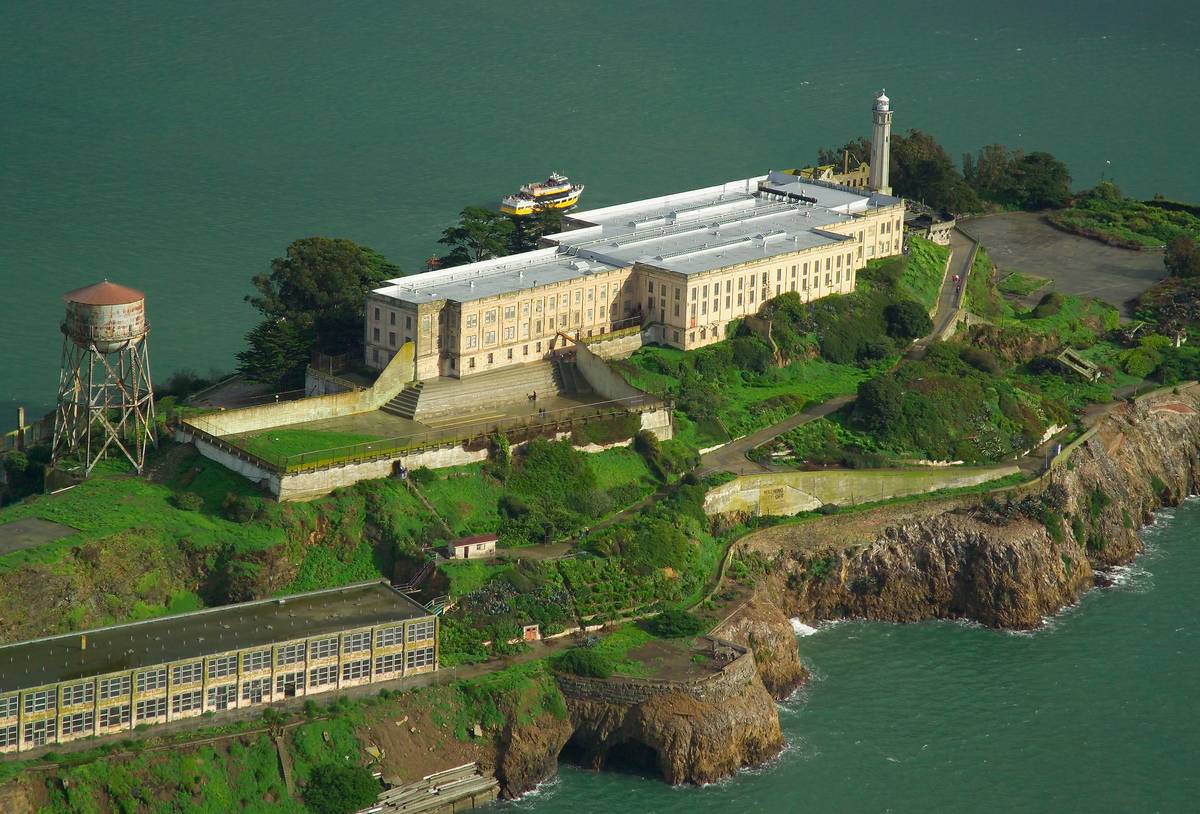
In 1853, after the US had taken hold of Alcatraz Island, Zealous B. Tower began work on a new fort there.
The time was of the essence due to the Gold Rush having begun earlier that year – which saw San Francisco’s population skyrocket from just 300 people to an astonishing 30,000! Thus construction needed to be completed promptly.
Alcatraz Received The Strongest Fortifications
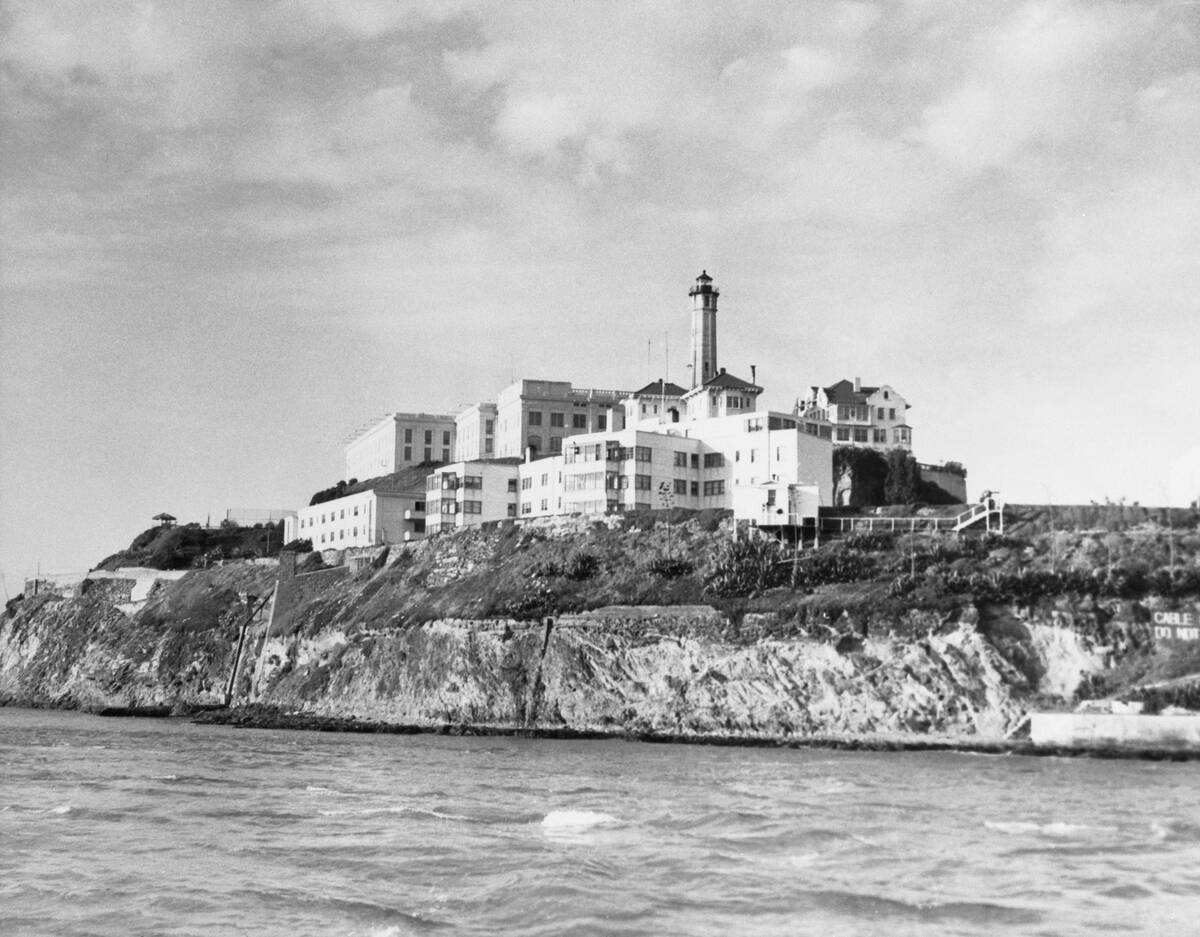
Constructing a secure fortification was essential with the mass influx of people, so not only did the military devise plans to safeguard Alcatraz, but also build one on Fort Point, a close island.
Fortunately, they concluded constructing Alcatraz first; it ended up receiving the strongest fortifications. Unbeknownst to them at that time, this particular project would ultimately become infamous as one of history’s most severe prisons.
Engineers Considered This The Perfect Location
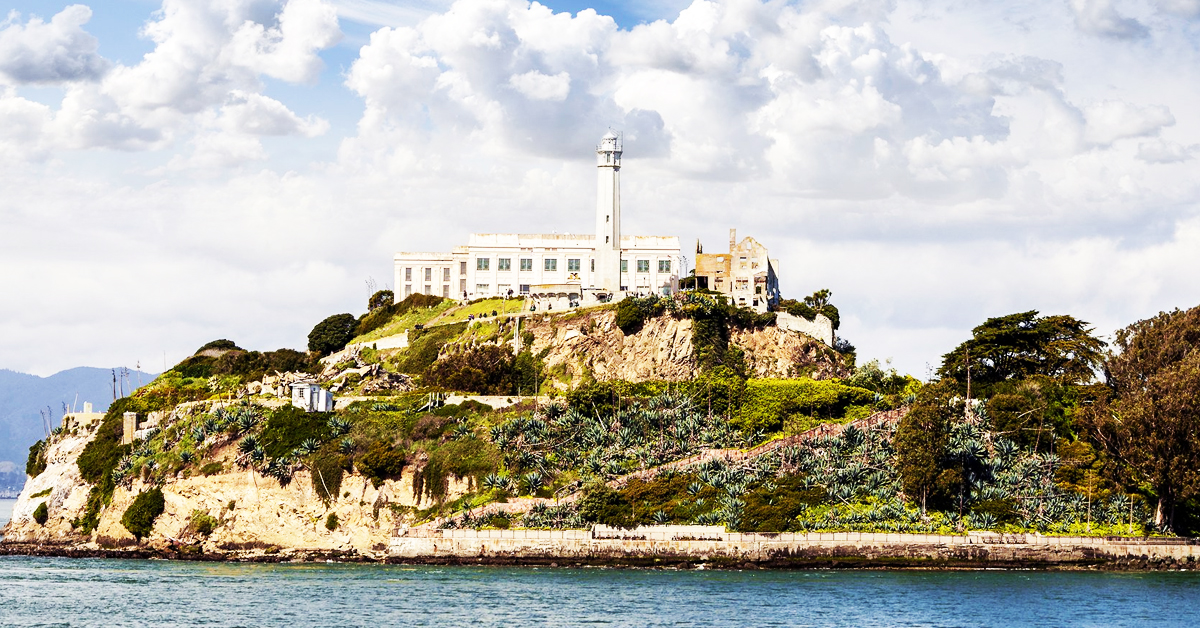
As if blessed from above, the San Francisco Bay gave away the perfect island to build a defensive stronghold on. Engineers couldn’t believe their incredible luck. In 1852, the Pacific Coast Board of Engineers reported:
“Nature seems to have provided a redoubt for this [military] purpose in the shape of Alcatraz Island. Situated abreast the entrance directly in the middle of the inner harbor, it covers with its fire the whole of the interior space lying between Angel Island to the north, San Francisco to the south and the outer batteries to the west.”
The Crew Used What Nature Provided
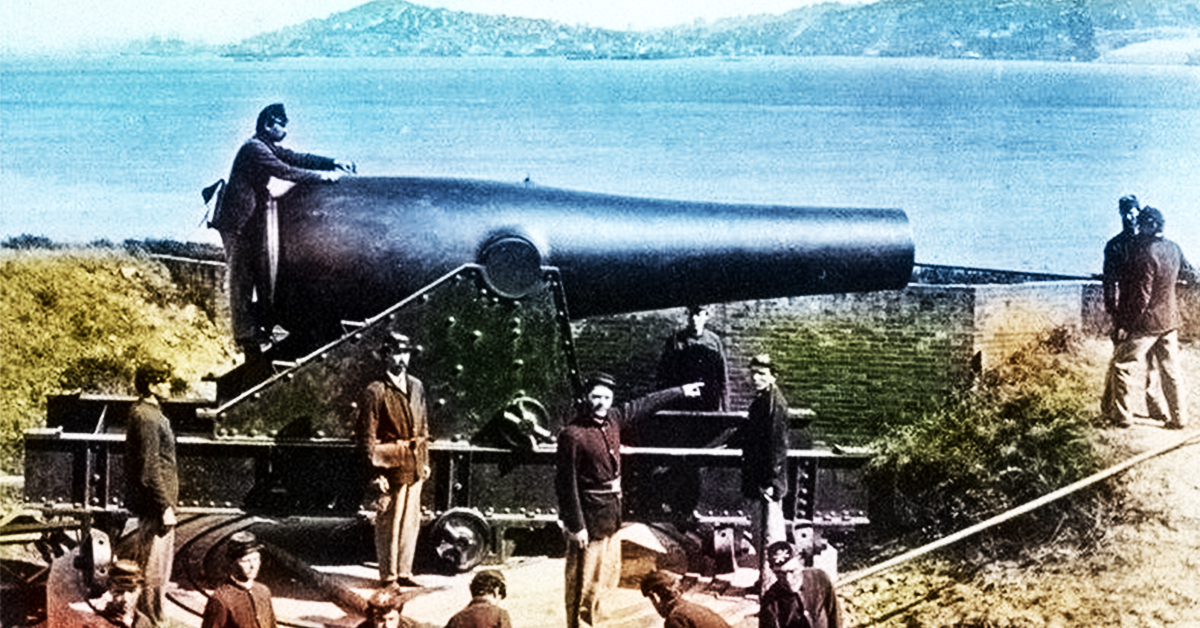
Tasked with building Fort Alcatraz as quickly as possible, Zealous B. Tower used what nature gave him. With his men, the crew took rocks from the island to build up the walls of the fort along its coast.
Once the walls were placed, weapons could be positioned behind them around the island perimeter. These weapons were placed on the west, south, and north of the naturally-built walls. There were also 111 armed cannons on the island, making it ready for anything.
Fort Alcatraz Was Heavily Armed
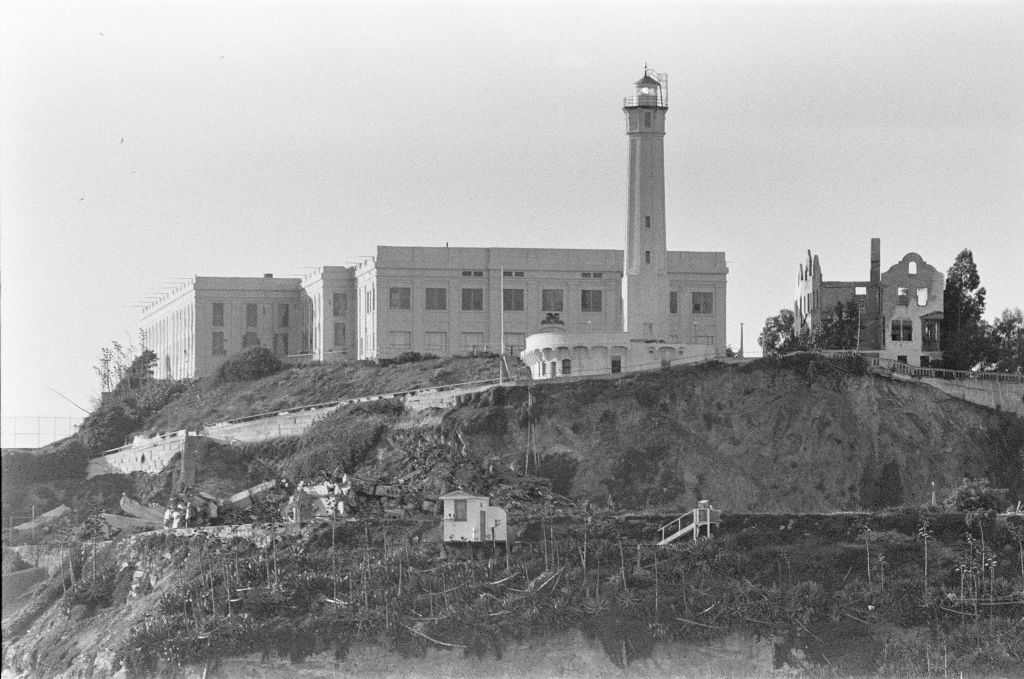
As if cannons, which were called columbiads, weren’t enough, Fort Alcatraz was also outfitted with caponiers, stone towers that projected from the shore. Anyone looking to take control of Fort Alcatraz would have been met with a degree of difficulty unmatched at the time.
One year after construction began, the citadel was finished. There were barracks located next to the fort’s lighthouse. The lighthouse was also the first navigational light ever placed on the Pacific Coast of the United States.
Defending The Lighthouse
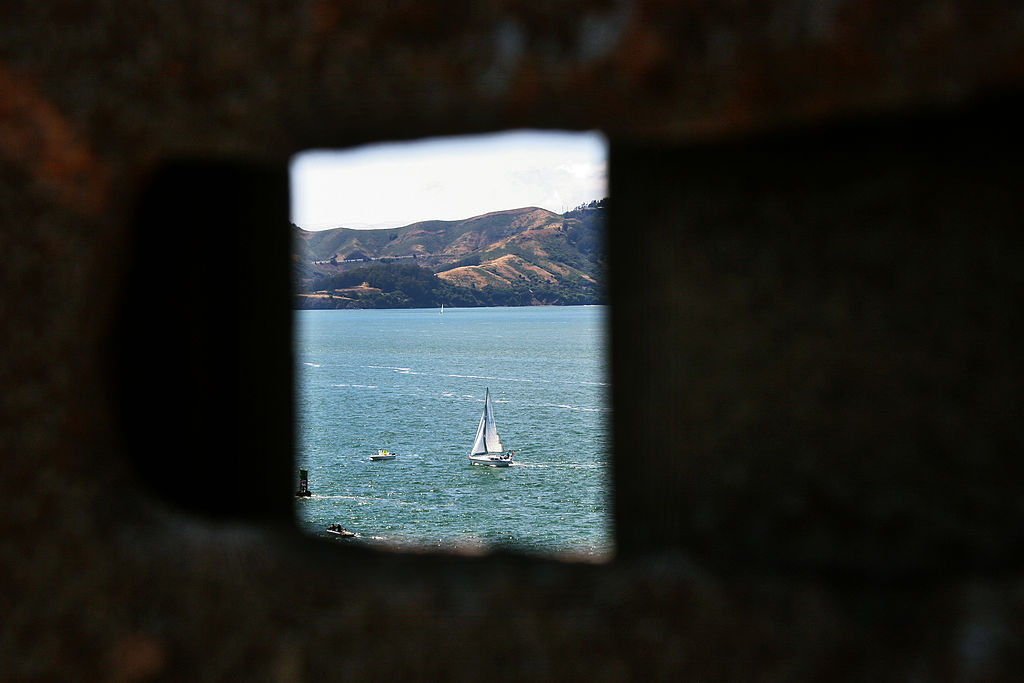
The citadel was tasked with not only defending the island but defending the lighthouse as well. To ensure success against attack, it was built to accommodate 100 soldiers, and expand to 200 when needed. The windows of the barracks were designed for soldiers to fire through.
And if the fort was taken over, there were enough supplies in the citadel for those trapped inside to survive for four months. In that time, it can be assumed, backup would arrive, or the citadel would be breached and overtaken.
Three Men Were Arrested For An Attempt To Assault The Fort
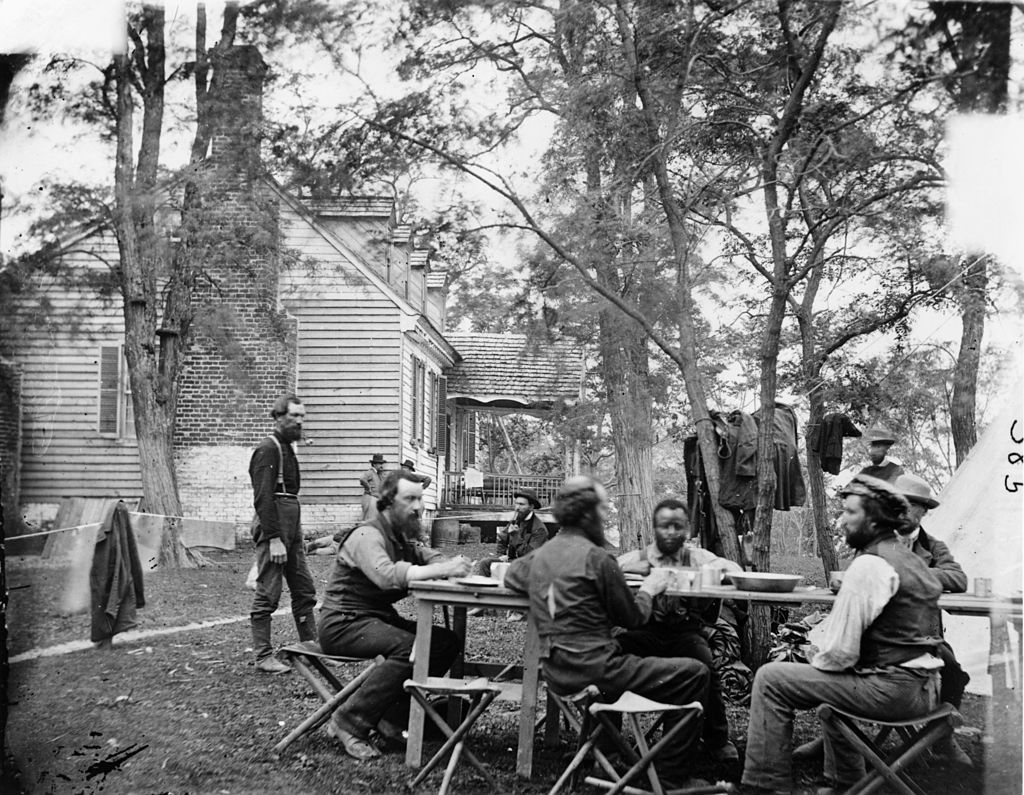
During the Civil War, 350 men were positioned at Fort Alcatraz. Their time there ended up being unproductive. The fort was never attacked during the war. There was one recorded plot by the Confederate army, but the assault never came.
In 1863, three men were detained and arrested in the plot to assault Fort Alcatraz. They were sentenced to ten years in prison – sentences they did not serve. Abraham Lincoln pardoned all three men when the war ended.
The Fortification Of Alcatraz Island Was Completed In 1859
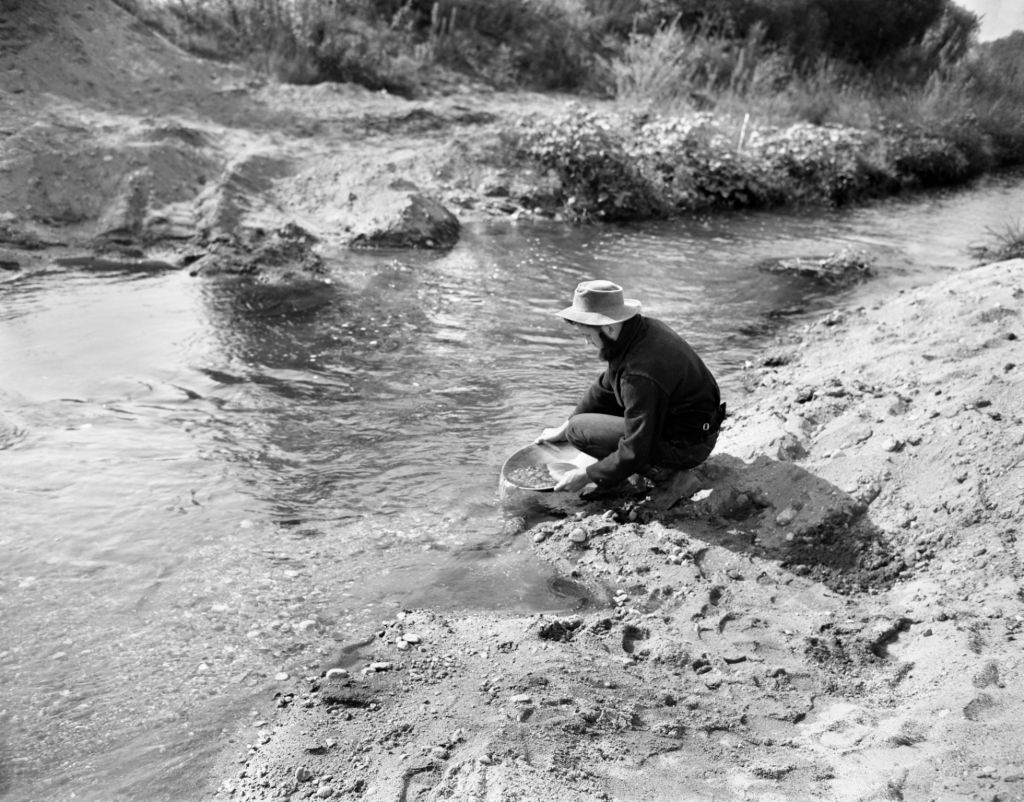
Although it was intended to be a quick process, the fortification of Alcatraz Island was not finished until 1859. There were many reasons that led to this, but the biggest one was a shortage of skilled labor workers.
At the time the fort was being built, people were flocking to San Francisco in droves, but not to build a fort. They wanted to find gold and get rich quick. This meant finding people to actually work on the island was much easier said than actually done.
The First Prisoners
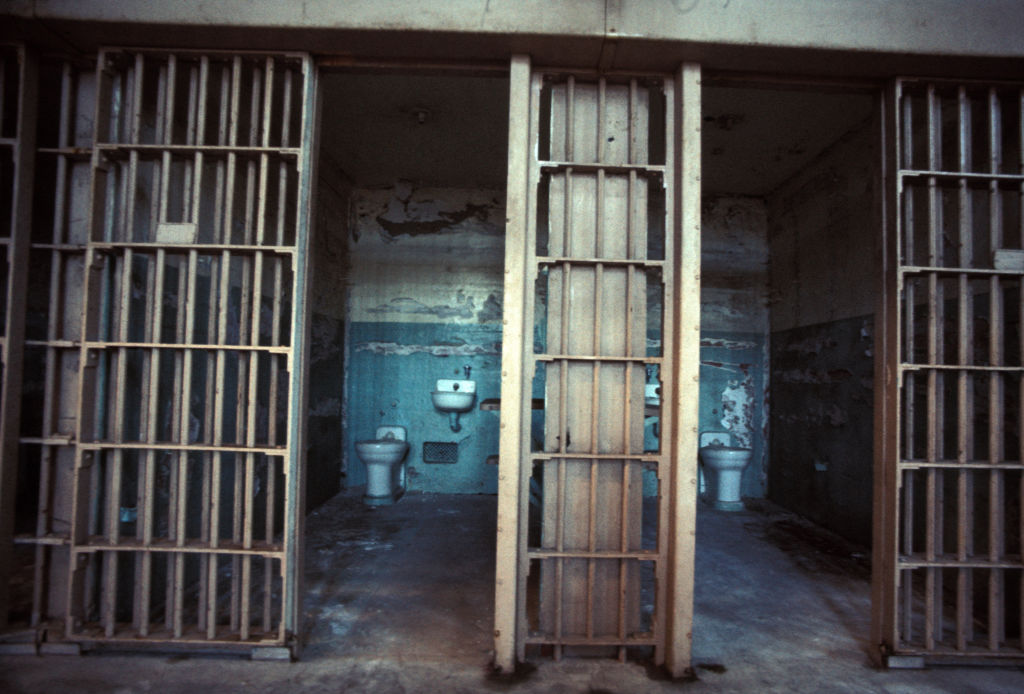
In modern times, of course, Alcatraz Island is best known for its penitentiary, and less for its military background. Interestingly enough, the two histories overlap. The first prisoners at Alcatraz were incarcerated soldiers in 1859.
During the Civil War, the stronghold was also used to imprison Confederate soldiers. Even though Fort Alcatraz wasn’t built to be a prison, the future of the island was clearly never in doubt. It was only a matter of time before that future became the present.
No Escapees Successfully Made It To The Mainland
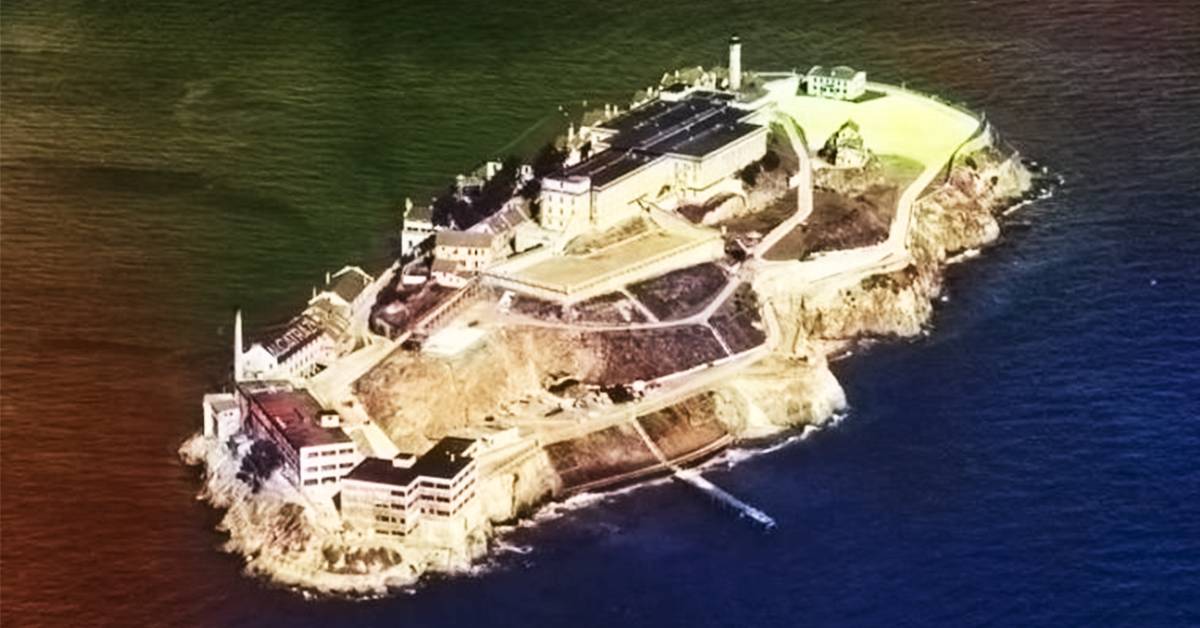
Alcatraz Penitentiary first began holding civilian prisoners in 1934. Thanks to the topography of the island and its distance from the shore, it was the perfect place for a prison. Anyone who tried to escape would find that freedom outside the walls was impossible to come by.
The waters surrounding Alcatraz are near freezing and the strong currents are backbreaking to swim against. Overall, there have been 14 escape attempts from the prison. No one involved successfully made it to the mainland.
A Soaring Population
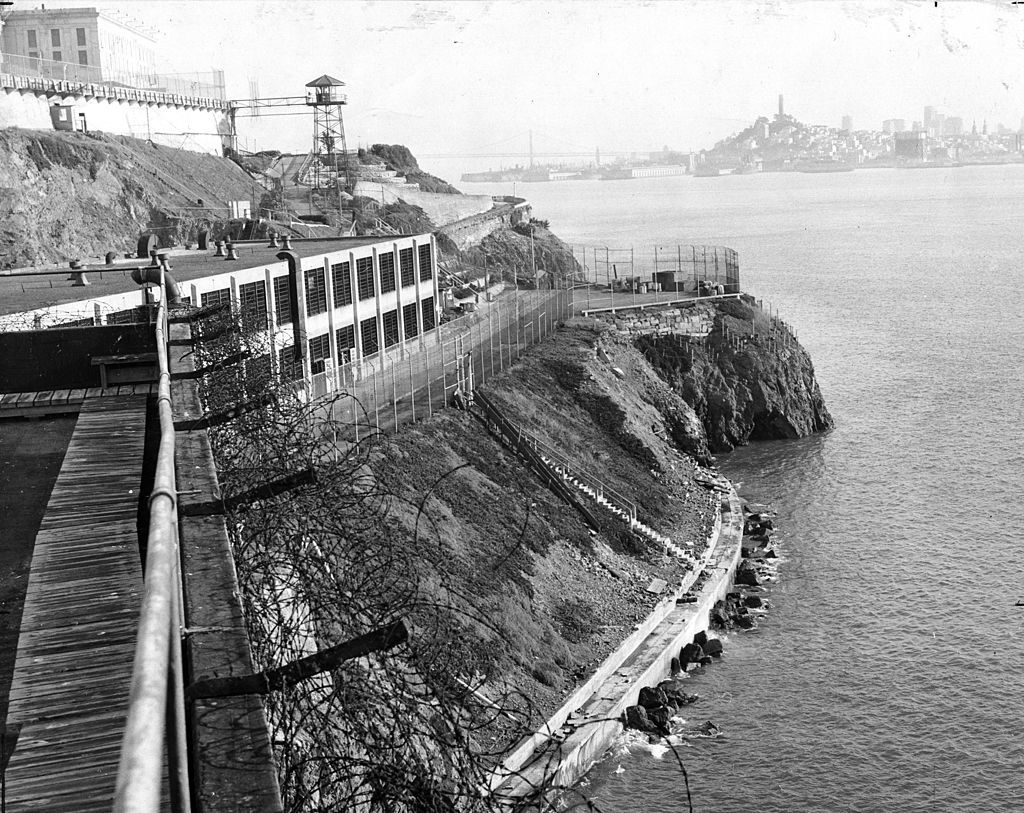
Before holding civilian prisoners, Alcatraz held prisoners of war. In 1867, a jailhouse was built on the fort. Thirty years later, during the Spanish-American War of 1898, the prison had a population of 450.
Over the next 15 years, the prison expanded with the addition of large concrete prison cells. That block of cells is the largest structure still intact on the island. Finally, in 1933, the military portion of the fort was decommissioned and the entire operation was handed over to the Prisons Bureau.
James A. Johnston Was A Tough Warden
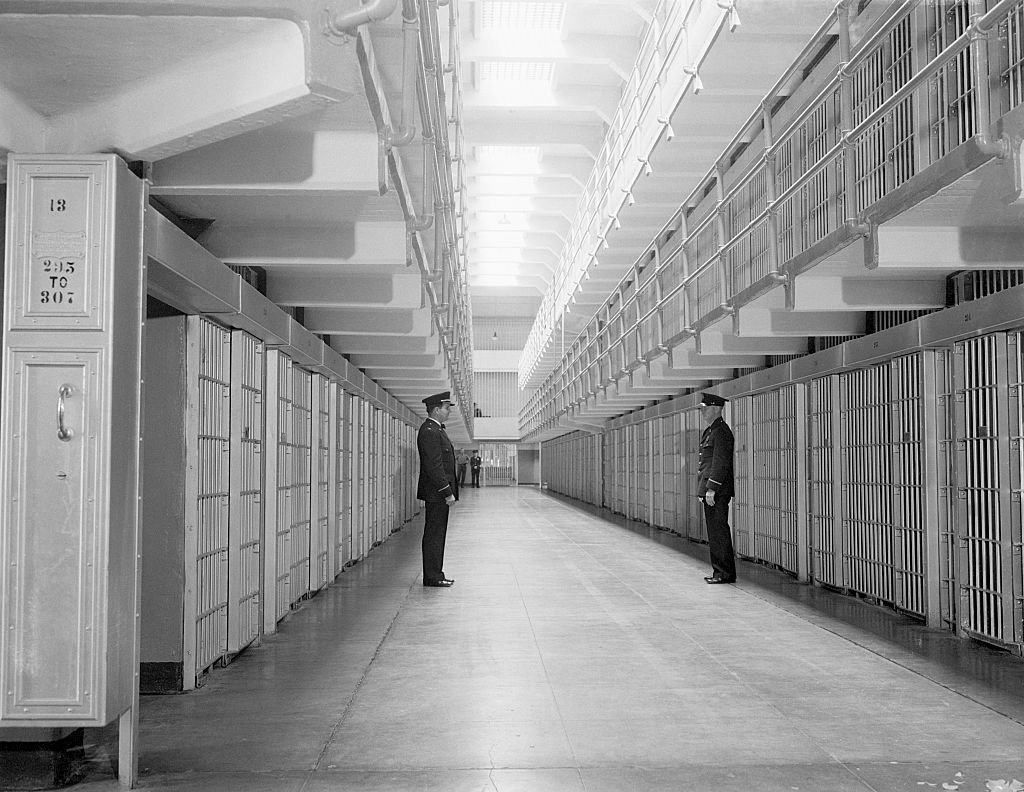
Alcatraz Penitentiary welcomed its first group of prisoners on August 11, 1934. This group was “special” and had been hand-picked by authorities to make the journey to the island. They had disrupted life at their previous penitentiaries and needed a change of location.
Watching over these men was Alcatraz’s first warden, James A. Johnston. He was known as a strict disciplinarian and was the perfect man for the job. Life wouldn’t be easy for him, but he had a crew of 155 guards to help keep the peace.
Some Famous Faces Spent Time At Alcatraz
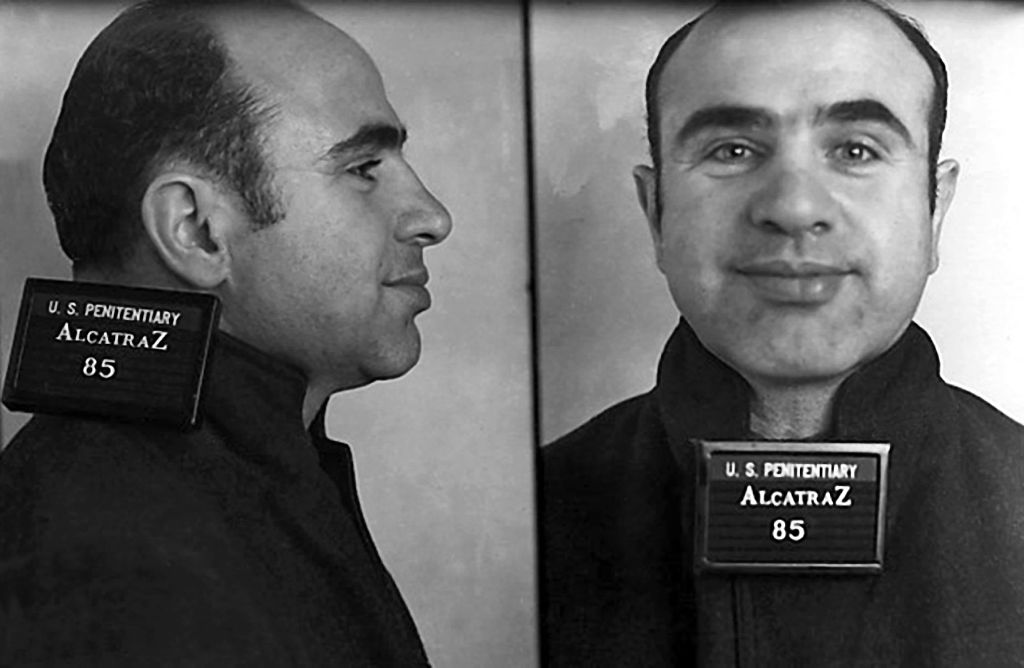
Once Alcatraz Penitentiary was fully up and running, it became the home of some of the country’s most notorious criminals. Al Capone and George Kelly are two of the most recognizable names, as well as one man labeled “Public Enemy Number One” by the FBI.
That man was Alvin “Creepy” Karpis, and he is one of four criminals to ever be given the title. He is also the only one of those four to be taken alive by authorities.
Were There Any Survivors?
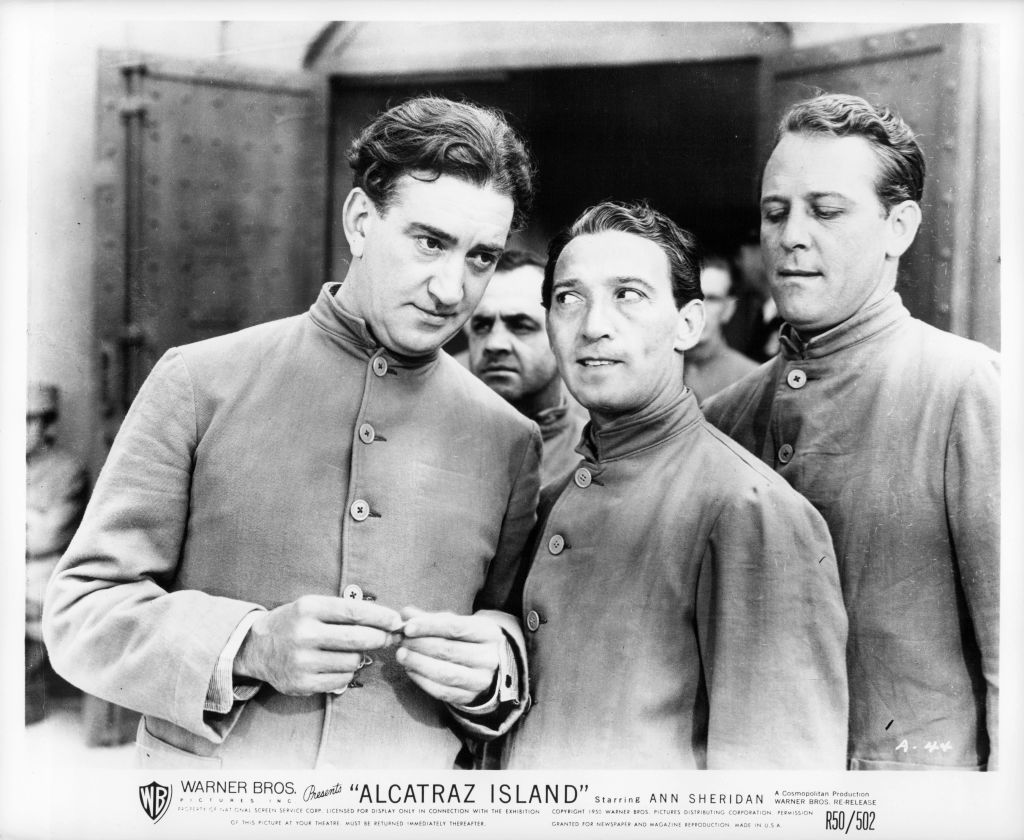
As we said, there were a total of 14 escape attempts from 36 prisoners on the island. Of those, none officially made it to shore. Six were taken to the grave, 23 were captured alive, and two drowned. As for the other five, they are listed by Alcatraz History as “missing and presumed drowned.”
That means that while there is no proof that anyone successfully escaped Alcatraz, it is possible. Considering the conditions surrounding the island, though, it is unlikely they ever made it to the shore.
An Escape Attempt Immortalized
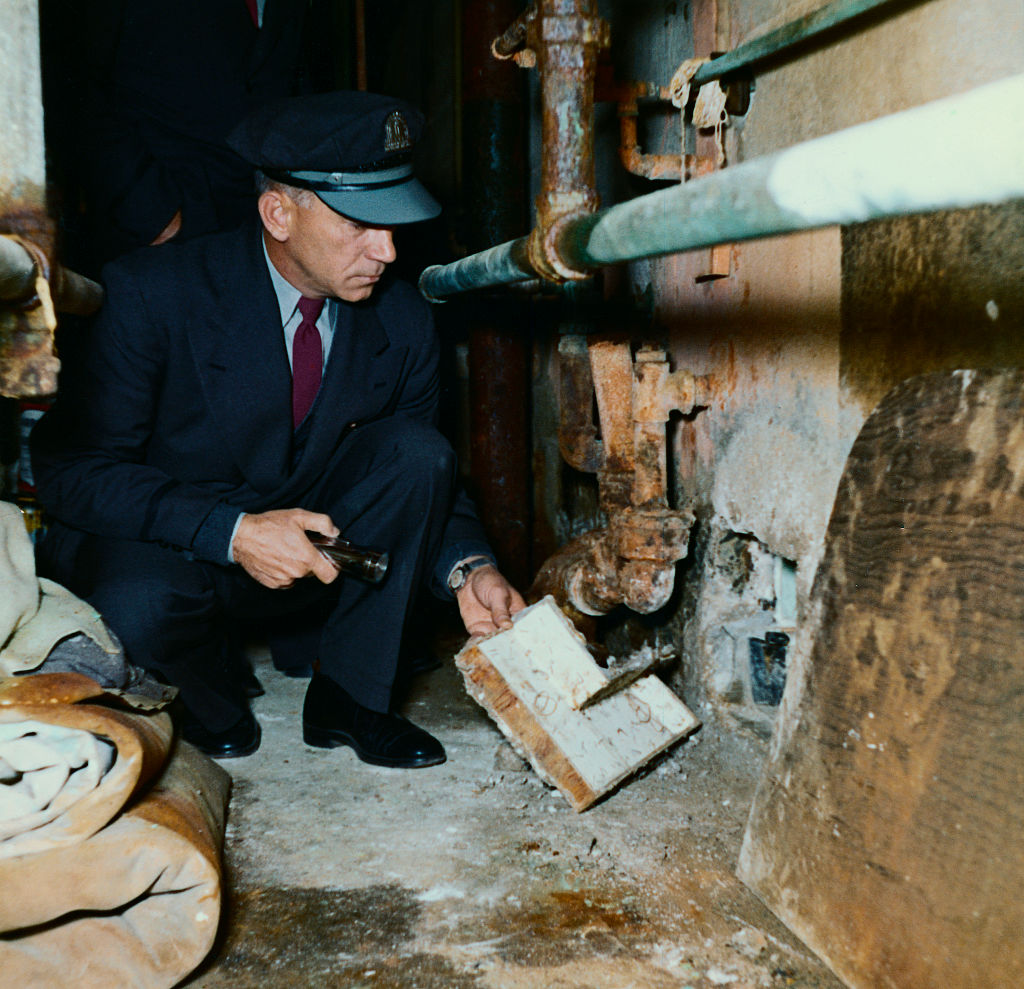
Of all the escape attempts, the 13th is the most interesting one. It involved three men: John Anglin, Clarence Anglin, and Frank Morris. They planned an elaborate escape and successfully made it into the ocean.
The attempt was immortalized on the silver screen in 1979’s Escape from Alcatraz, starring Clint Eastwood. The story doesn’t end there, though. In 2013, a letter “written by John Anglin” was delivered to the police. Is it possible these three men survived the freezing currents of the San Francisco Bay?
What Does It All Mean?
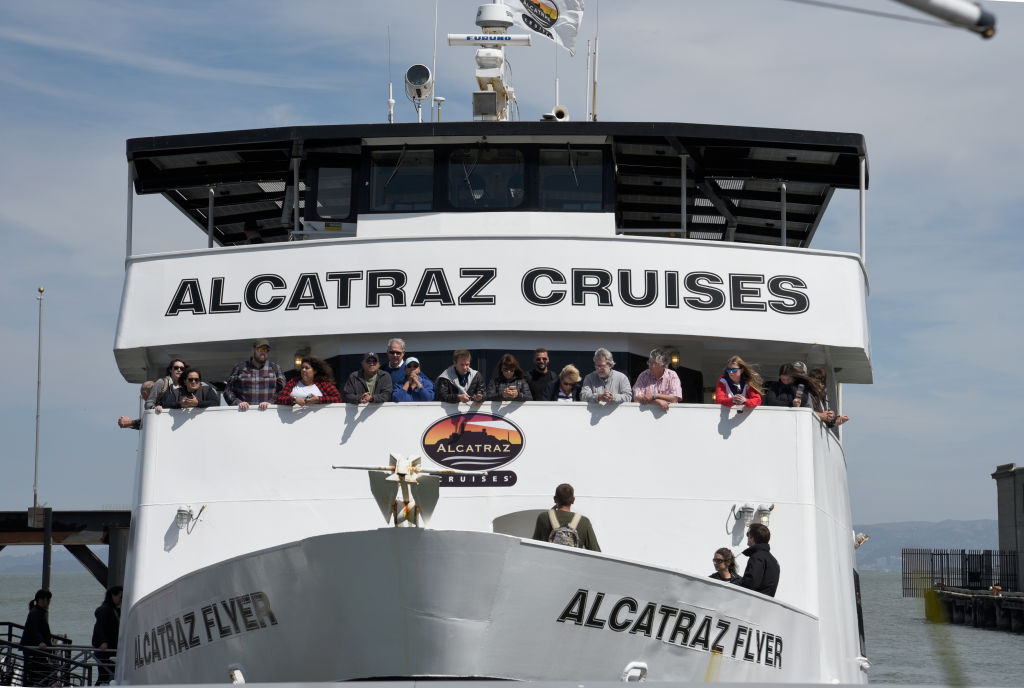
Once Alcatraz Penitentiary shut down, it became a major tourist attraction. Tourism, of course, is not what interested the Binghamton University team led by Timothy de Smet to the island. They wanted to know what was beneath the surface.
To look beneath the surface, the archaeological team used lasers to pierce the layers of concrete. With this incredible technology, they could see underground without causing any actual damage to the highly profitable and heavily-visited location.
What They Found
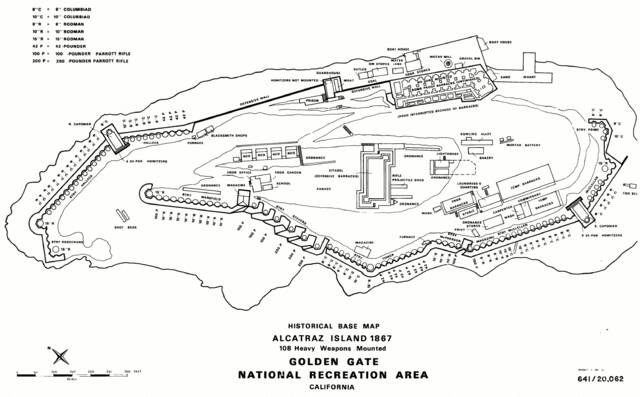
Thanks to their laser technology, the team was able to see structures from the island’s military days that were still intact. Going beneath the structures revealed even more; it showed what the team described as “a bombproof earthwork traverse.”
This tunnel was still in nearly perfect condition in 2019 and included ventilation shafts to keep anyone traveling through comfortable. These structures were part of the military stronghold and had been lost in time until de Smet and his team “uncovered” them.
The Future Of Archaeology
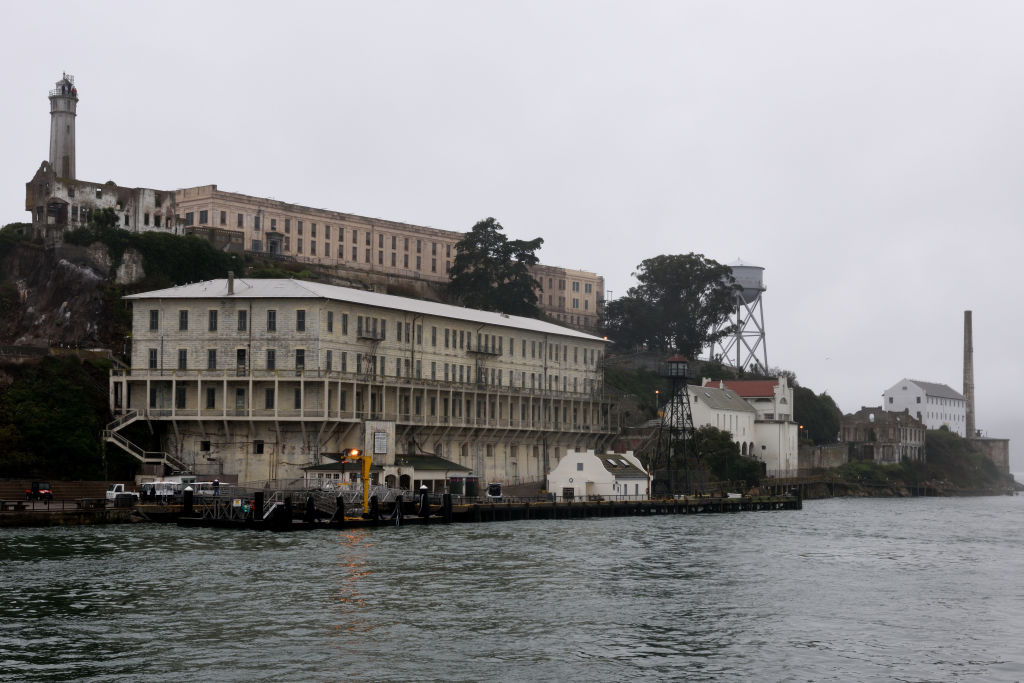
Making such a momentous discovery could pave the way for an entirely new kind of archaeological surveying — non-invasive. This, maybe more than anything, was the greatest discovery that de Smut and his team made.
The future of archaeology is now looking as bright as ever according to de Smet. “With modern remote-sensing methods like these, we can answer fundamental archaeological research questions about human behavior, social organization and cultural change through time without costly and destructive excavation.”



